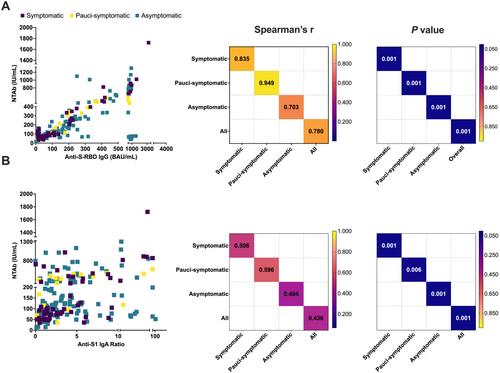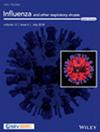Follow-Up and Comparative Assessment of SARS-CoV-2 IgA, IgG, Neutralizing, and Total Antibody Responses After BNT162b2 or mRNA-1273 Heterologous Booster Vaccination
Abstract
Background
Priming with ChAdOx1 followed by heterologous boosting is considered in several countries. Nevertheless, analyses comparing the immunogenicity of heterologous booster to homologous primary vaccination regimens and natural infection are lacking. In this study, we aimed to conduct a comparative assessment of the immunogenicity between homologous primary vaccination regimens and heterologous prime-boost vaccination using BNT162b2 or mRNA-1273.
Methods
We matched vaccinated naïve (VN) individuals (n = 673) with partial vaccination (n = 64), primary vaccination (n = 590), and primary series plus mRNA vaccine heterologous booster (n = 19) with unvaccinated naturally infected (NI) individuals with a documented primary SARS-CoV-2 infection (n = 206). We measured the levels of neutralizing total antibodies (NTAbs), total antibodies (TAbs), anti-S-RBD IgG, and anti-S1 IgA titers.
Results
Homologous primary vaccination with ChAdOx1 not only showed less potent NTAb, TAb, anti-S-RBD IgG, and anti-S1 IgA immune responses compared to primary BNT162b2 or mRNA-1273 vaccination regimens (p < 0.05) but also showed ~3-fold less anti-S1 IgA response compared to infection-induced immunity (p < 0.001). Nevertheless, a heterologous booster led to an increase of ~12 times in the immune response when compared to two consecutive homologous ChAdOx1 immunizations. Furthermore, correlation analyses revealed that both anti-S-RBD IgG and anti-S1 IgA significantly contributed to virus neutralization among NI individuals, particularly in symptomatic and pauci-symptomatic individuals, whereas among VN individuals, anti-S-RBD IgG was the main contributor to virus neutralization.
Conclusion
The results emphasize the potential benefit of using heterologous mRNA boosters to increase antibody levels and neutralizing capacity particularly in patients who received primary vaccination with ChAdOx1.


 求助内容:
求助内容: 应助结果提醒方式:
应助结果提醒方式:


